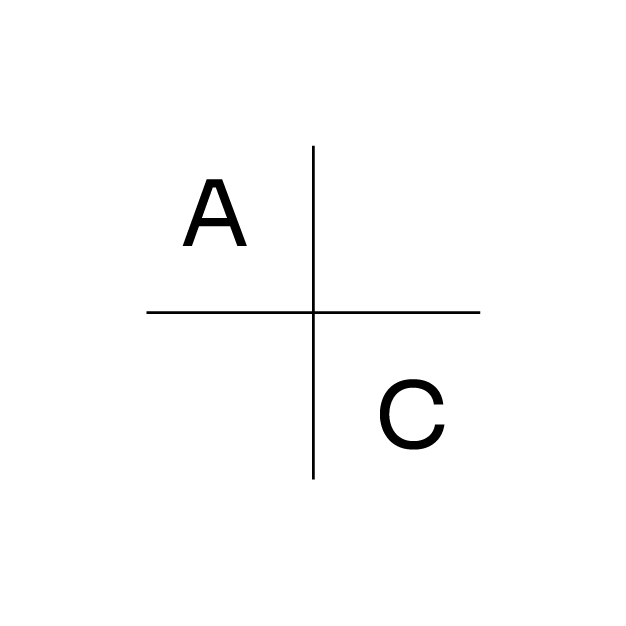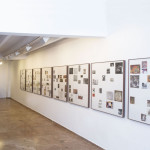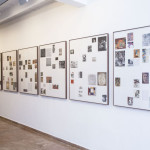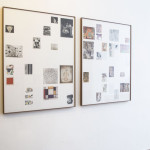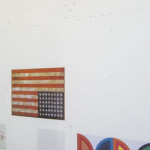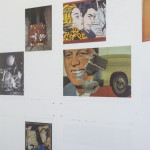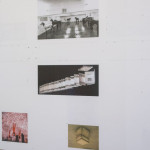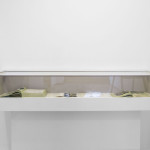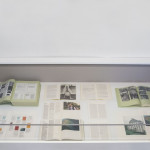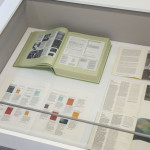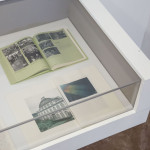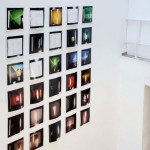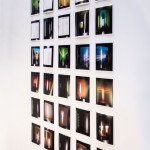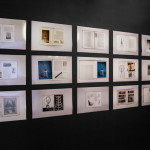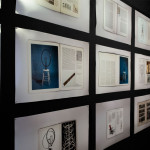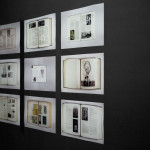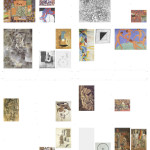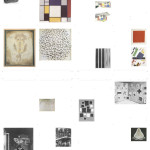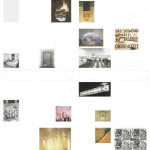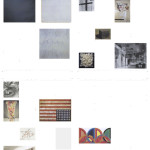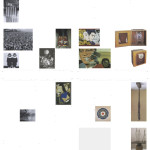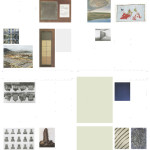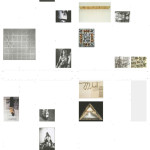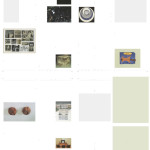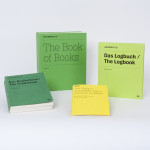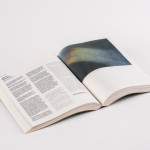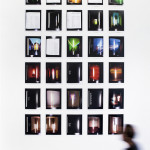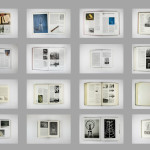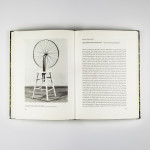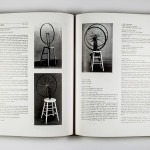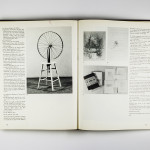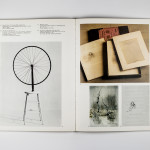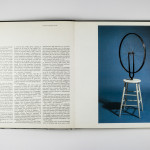Ira Lombardía. Influencer
She is an artist and researcher and works in different media such as photography, video, graphic design or sculpture. With her work she questions discourses, dynamics and rhetorics that have been assumed in the realm of contemporary art, image and philosophy. The production, both theoretical and practical, focuses on the transformation of the postmodern paradigm in relation to the digital visual culture. This line of research interest has led to generate proposals that challenge traditional forms of production, exhibition and documentation. Her work has been exhibited internationally in venues such as the Liverpool Biennial in 2014 or The Billboard Creative in Los Angeles in 2016. At a national level she has exhibited among other spaces in the CCCB of Barcelona, the National Library of Madrid and the Center Of Young Art of the Community of Madrid. In addition, her doctoral research project, which she is developing at the Complutense University of Madrid under the title Transfotography or Post-photographic Derivative: a re-reading of photographic theory in the Post-Internet era, has received the support of institutions such as the Banco Santander Foundation, The University of Córdoba.
Influencer I
How does an image become a referent? In what way is the experience of the spectator mediated by the images of works of art? What is the place of images in the construction of artistic discourses? Can the debate on the original and the copy be re-defined today?
Influencer is a series that invites us to re-think the operation of reproductions of works of art and their weight within history, theory and artistic consumption.
From pure bibliographical research applied to images, (or what is the same, adopting a research methodology that is limited to the academic, textual and to the iconic) Influencer I collects, as a file, the repetition of different photographs of the Bicycle Wheel by Marcel Duchamp in numerous books.
For this, the sources are consulted from the intuition, since although it may seem implausible, there is no way to know if an image is reproduced in a book before being glimpsed. Thus, to locate the reproduction that was being sought, it has been necessary to meticulously review the books to confirm or discard that the image was reproduced in them.
The libraries and search engines do not index the images, only the textual content of the bibliographic sources and the processes of investigation are limited to the words. This project, turns the dynamic around from exclusively looking for images, and building a meaning from them.
After this research process, a polyptych has been generated, in which paradoxically, the repetition of an image is what makes this piece unique, that is, it’s uniqueness is a direct consequence of its multiplicity. A duality is already present in the chosen piece, Bicycle Wheel, which is no more than a replica, since the original 1913 is not preserved.
A circular game, which brings us closer to the bibliographical from the visual, and it is disturbingly contemporary. Despite being reproduced and distributed in books – that is, that serve the logic of visual distribution of the twentieth century – the final piece is a mosaic that reveals itself closer to a Google search, than to an analog file.
After Art Theory
What happens after art theory? What would happen if the images were not interpreted from the textual? How do works of art relate beyond movements or chronologies? What order exists outside the linearity of books?
After Art Theory is a piece that invites us to replant the relationship between the textual and the images, to ask ourselves about the weight of the theoretical in the contemporary, and to build new relationships and discourses around the reproduction, distribution and consumption of works of art.
For this, the project starts from the appropriation of the emblematic book “Art from 1900: Modernity, Antimodernity and Postmodernity” of Hal Foster, Rosalind Kraus, Yve_Alain Bois and Benjamin Buchloh, but only reproduces the images and graphic elements, like icons or pagination, any trace of the texts and dates that contextualize the images have been removed.
The book is not presented as a finished object, but as a fragmented whole, arranged in a total of 22 sheets or impositions, printed double-sided. That is, it is represented through panels designed within the structure of the book and that after the corresponding folding and guillotine would then become the booklets that once sewn would form the publication.
In this way, the images are no longer ordered by theoretical or interpretative criteria, but by mere productive questions that attend to the logic of editorial production, as well as the rules that order the distribution, reproduction and consumption of art.
And I think to myselfffffff
And I think to myselfffffff has as its starting point, the catalogs of major international exhibitions. Log book, The Guide book and The Book of Books are three new books that have been created from the original three catalogs of dOCUMENTA’s (13). Ira Lombardia has manipulated these volumes: a number of pages have been deleted and replaced with others that faithfully reproduce the contents of each catalog, this time including an image, some texts and data that were not present in the original catalogs. The image introduced registers the refraction of sunlight through a window of the Orangerie (one of the venues of the sample), and pass it through an artistic proposal inserted in the official dOCUMENTA’s program. To give credibility, the artist decides to give her a title: I Think to my selffffffffff what a wonderful worlllllllllld, and invents the name of an artist: Alyce Kaplan. Once the three catalogs were modified and interfered, including indexes, maps with the exact location of the work, titles and credits of images, this piece goes unnoticed as a real work. Finally, to explain this process, a small book was published that reveals the whole story, which is formally identical to the monographs of DOCUMENTA (13) edited by Hatje Cantz.
Interpretation Issues
The project Interpretation Issues originated in the Queen Sofia Library, in front of a catalog by Dan Flavin. The artist, trying to photograph the pages of the catalog with a mobile phone, recognized that the light from the fluorescent tubes that illuminated the reading room prevented her from obtaining adequate images of the book, since the light reflected off the satin surface of the paper. The work shows, on the one hand the importance of photographic documentation in the interventions of minimalist artists, and on the other hand, paraphrasing Dan Flavin through a text of the catalog itself, how light can be a gesture full of intentions.
